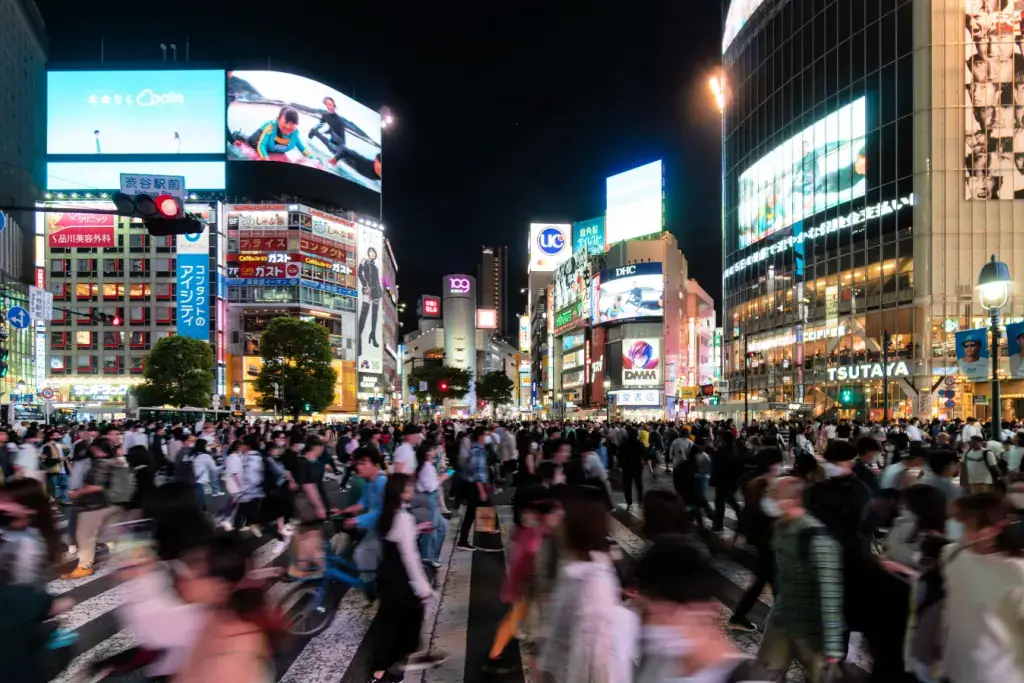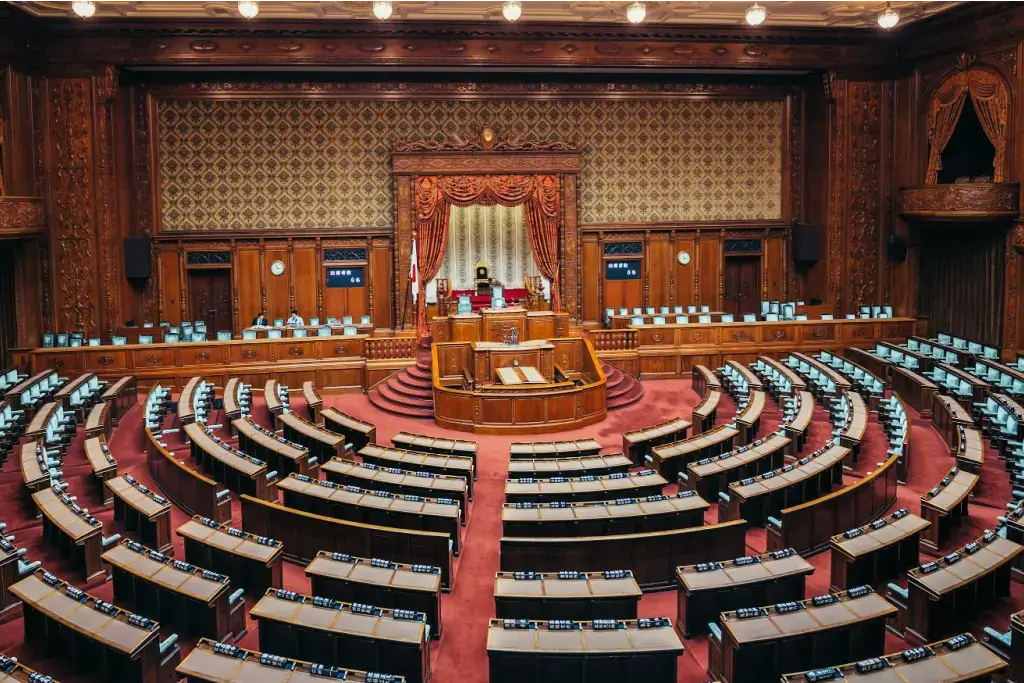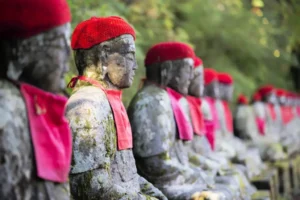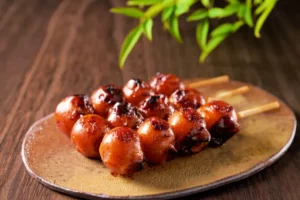In the heart of the Kanto region, the Japanese capital of Tokyo has a level of energy unmatched anywhere else in the nation. Over 37 million people live in this metropolis. Its towering skyscrapers, intricate subway networks, and vibrant nightlife define modern Japan.
But beneath the dynamic surface, there are challenges: Overcrowding strains resources, even as rural areas quietly slip into decline. The Japanese government has responded with bold measures. These include financial incentives to encourage families to leave the Japanese capital for greener, less crowded areas. This plan is the effect of a quiet change slowly sweeping the country. It will reshape Tokyo and the nation’s future.
Table of Contents
ToggleA Historical Imbalance
For centuries, people in Japan moved to the centers of power and commerce. The capital has always been the strongest magnet for opportunity. In the Heian period (794–1185), it was Kyoto. Since the Tokugawa era (1603–1868), this trend has continued in Tokyo. Today, nearly one-third of the country’s 125 million residents live in the Greater Tokyo Area.

This concentration strains infrastructure and increases living costs. Meanwhile, rural areas face aging populations and shrinking economies. The government wants to reverse this trend. This idea is not new; similar policies were used to populate remote Japanese islands in 1953.
This imbalance worsened during the economic boom of the Showa era (1926–1989). Young people all over the country began flocking to cities to find jobs. Some villages were on the verge of disappearing by the Heisei era (1989–2019). Schools were closed, and farmland was abandoned, prompting officials to act. The current strategy aims to prevent the extinction of societies in some rural areas and ease the pressure on large cities.
The Incentive Program
Since 2019, the Japanese government has offered subsidies to lure families from the capital into the countryside. In April 2023, there was a significant increase in such offers. The government focuses on relocating people from Tokyo’s 23 wards and nearby prefectures like Chiba, Saitama, and Kanagawa. Together, they target about 1,800 municipalities across 44 of Japan’s 47 prefectures, excluding cities like Osaka and Okinawa.

The program targets places like Nagano’s mountain villages and coastal towns in prefectures like Shikoku and Iwate. Families can receive up to 1 million yen (US $6,700) per child, plus 3 million yen ($21,070) for households. But there are conditions: Recipients must stay for at least five years. And they must work for a local small or medium-sized company, remotely, or start a business. Failure to do so may mean repaying any money received. This ensures commitment to the new communities. Officials hope 10,000 people will relocate annually by 2027,
Are you looking for great snacks this month? Check out Sakuraco! Sakuraco delivers traditional Japanese snacks, teas, and sweets from local Japanese makers directly to your door so you can enjoy the latest treats directly from Japan!

Challenges and Conditions
Relocating to the countryside from the city has its hurdles. The average Tokyo monthly wage in 2022 was 375,500 yen ($2633), compared to 247,600 yen ($1739) in Aomori. Moving, building a new home, and enrolling in school are costly. The five-year commitment and possible repayment add further pressure. There are also the challenges of adjusting to a slower lifestyle and being accepted by tight-knit communities.

Support systems have been created to assist with some of these issues. Yamanashi Prefecture has job-matching services to connect newcomers to local industries. Miyakonojo City in Miyazaki Prefecture hosts community events to welcome new residents and ease transitions. Other towns provide rent reductions or language classes for foreign residents,
Results and Destinations from the Japanese Capital
Though the relocation program has gained some traction, its impact remains modest, and its 2027 goal appears ambitious. In 2019, only 71 households participated, and by 2021, only 1,184 families had moved. Success also varies by region. Remote villages often lack the infrastructure and services that families depend on. However, data from 2023 suggests a growing interest in a healthier work-life balance. Participants choose Tohoku because of its homes near stations, and the tech hub of Fukuoka attracts new residents with remote work.

Why is rural revival important in Japan?
Rural revival is important in Japan because of the country’s unusually diverse landscape. Japan’s capital and major cities will always be beacons for those seeking a better life. But their success can easily overshadow, dominate, and negatively affect smaller communities. Many of these towns and villages have traditional festivals and customs that have continued for centuries. Skills such as pearl diving and wasabi farming are passed down through generations. Depopulation of such regions could end with such knowledge being lost forever.
The government hopes to repopulate and stimulate businesses in such regions. The goal is to create a new generation with opportunities to work in the city and the countryside. This initiative reveals a nation at a crossroads, grappling with progress and demographic decline. While unsuccessful, the program still plants seeds for a reimagined Japan.

Do you have experience living outside Japan’s major urban centers? Have you ever considered relocating? Do you have any opinions on whether or not the government’s plans will be successful? Share your thoughts, suggestions, or stories in the comments below!










